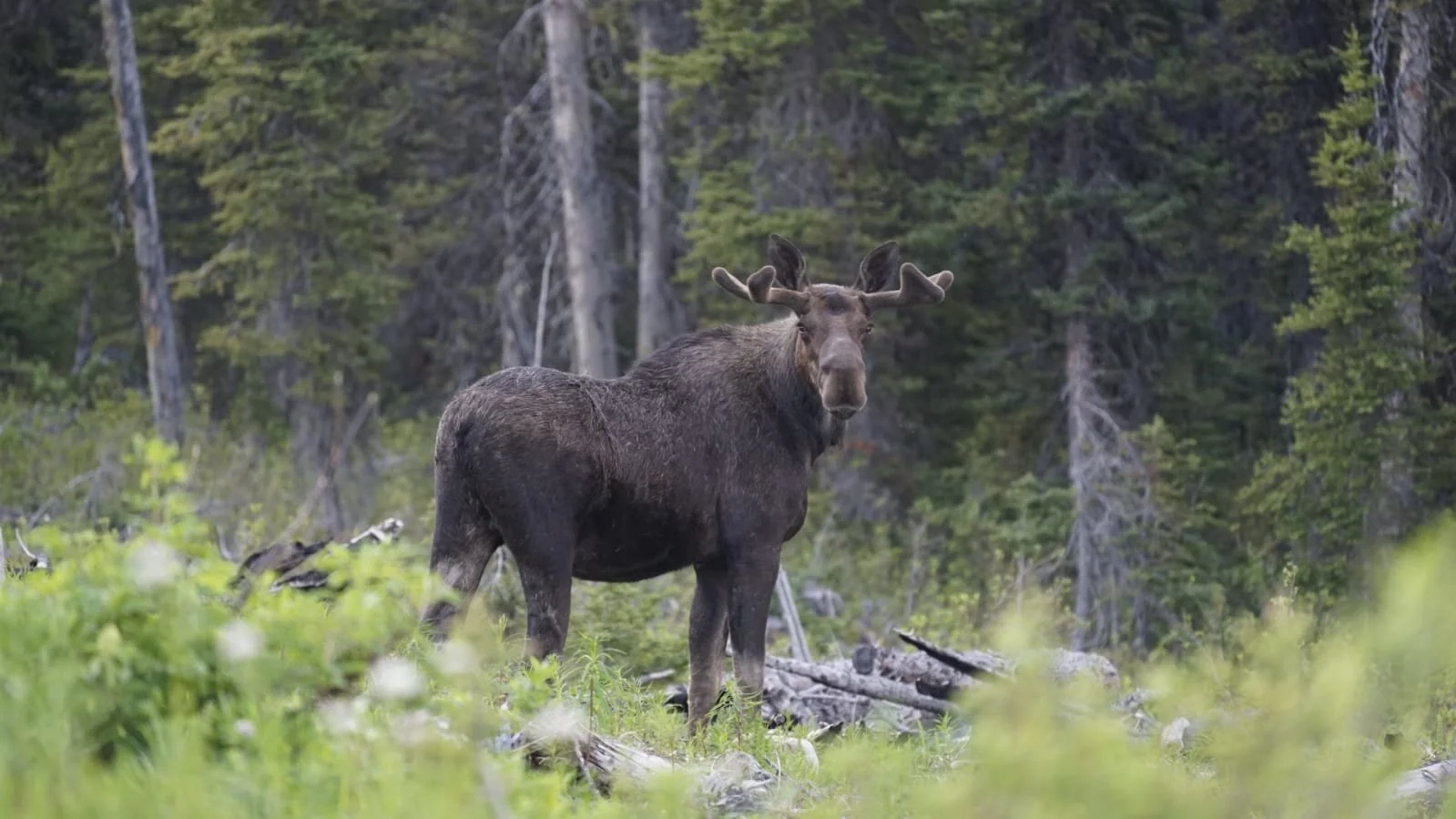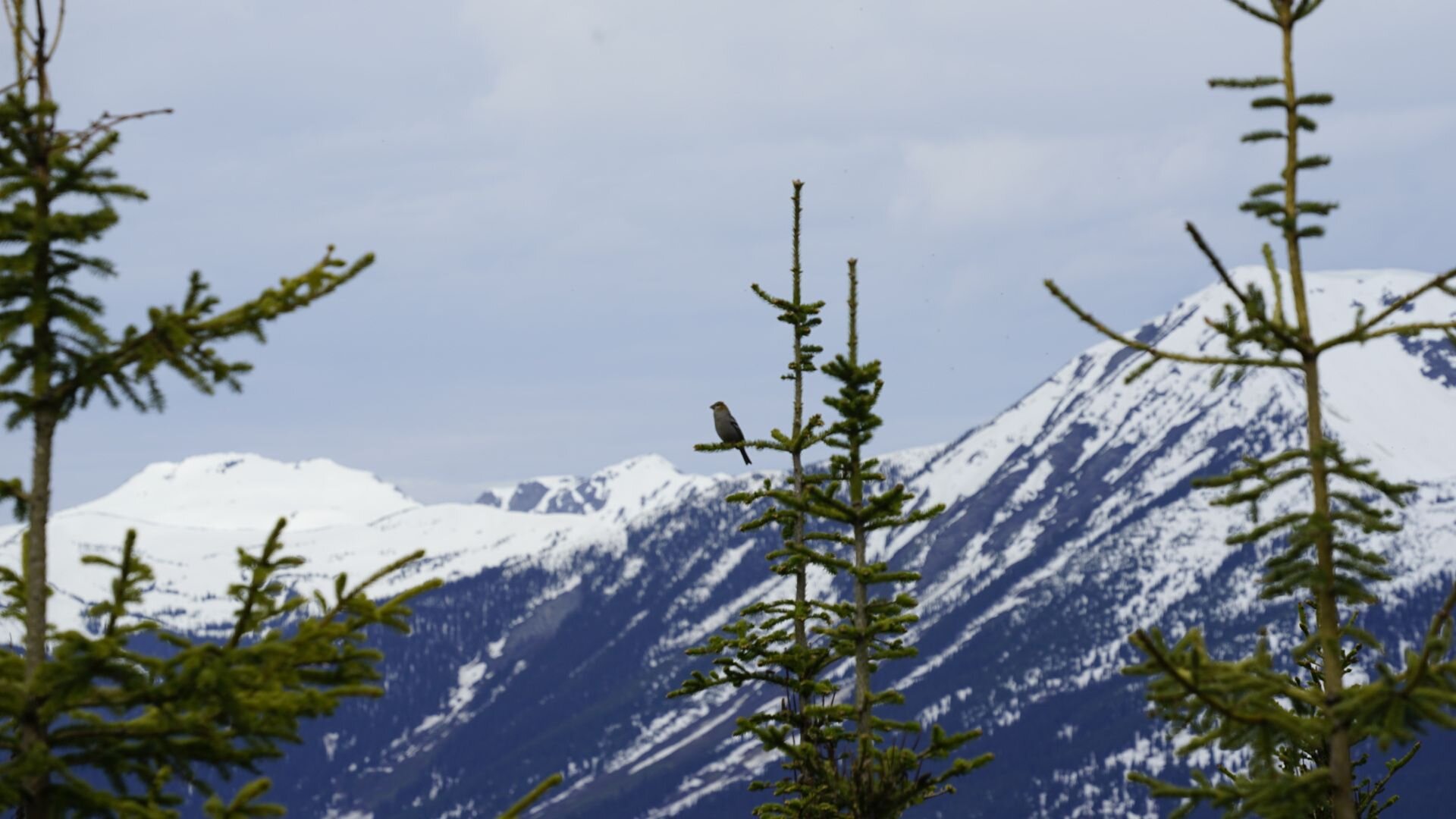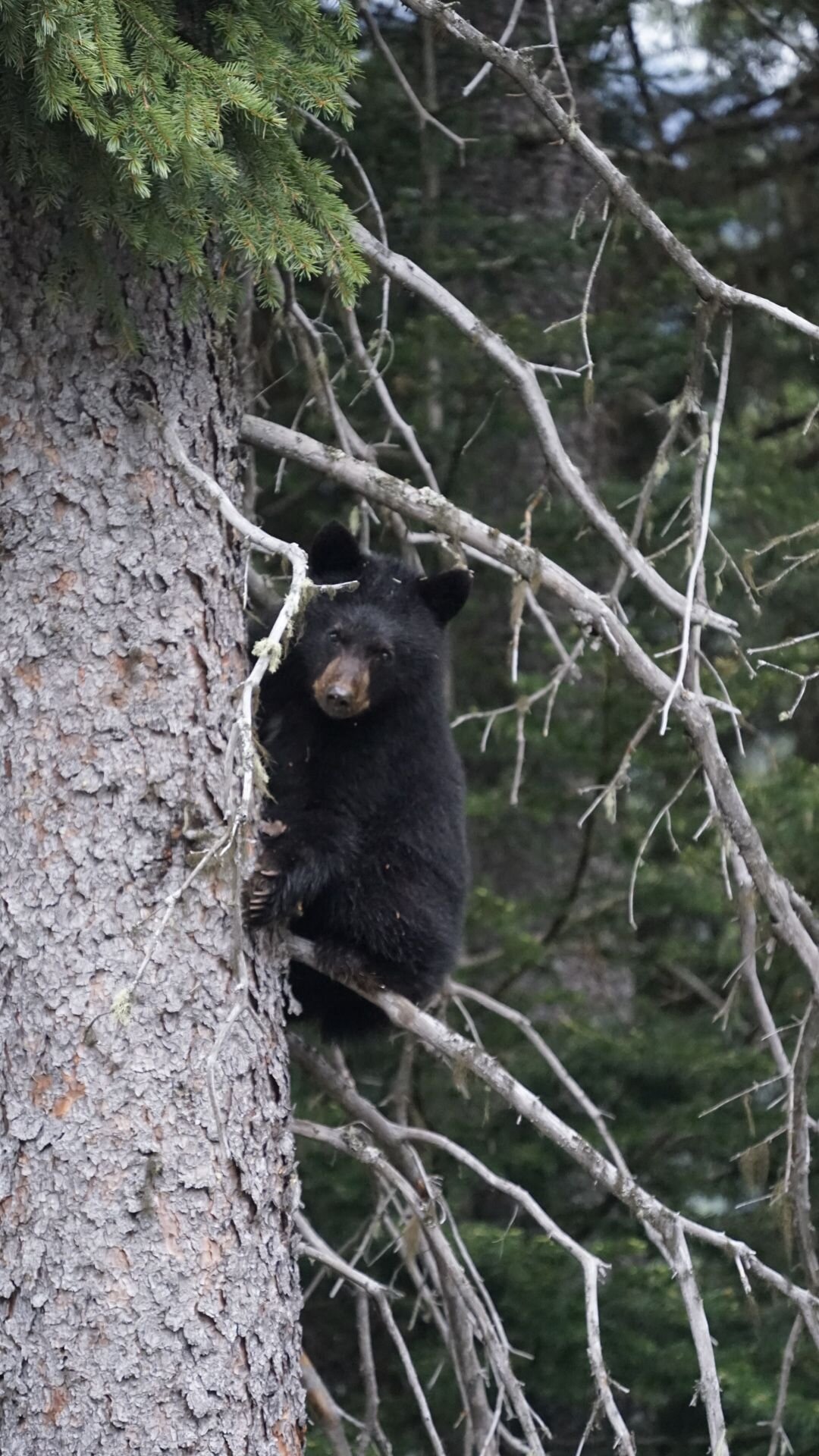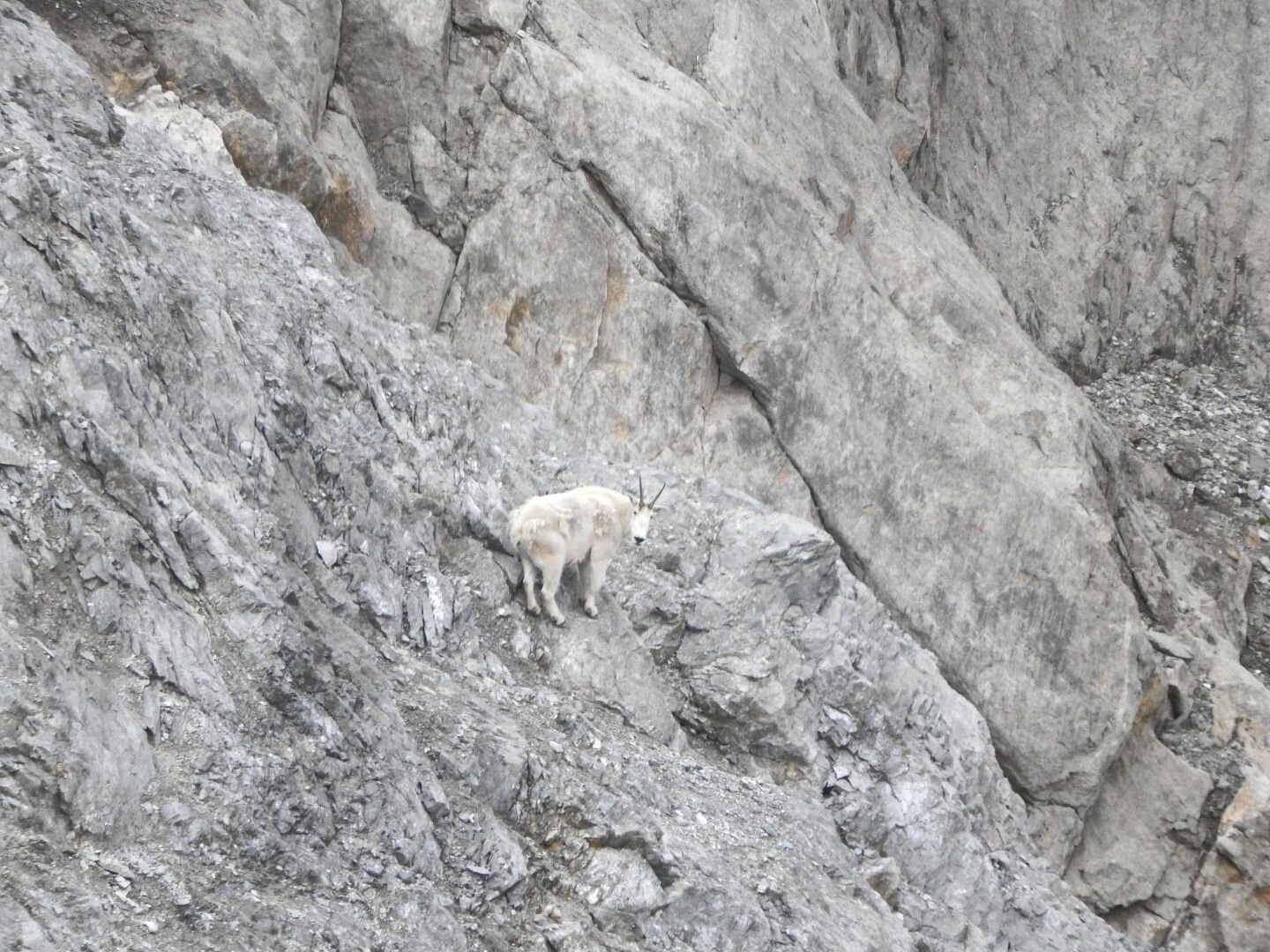Wildlife
Seeing wildlife in nature can bring a sense of joy that we often try to capture by camera. Spotting a moose in their natural habitat also tells a story - from the health of the animal to their engagement with their surroundings. In scientific terms some animals are even referred to as “indicator species”, as their presence can shed light on the health of an ecosystem.
For Secwépemc, wildlife is also a major source of their connection to both the land and to their ancestors. Wildlife continues to support community food security and ties Secwépemc people to ceremony and a sense of place. Additionally, wildlife exemplify principles and values that Secwépemc uphold in how they conduct themselves and relate with others and their surroundings. This is made evident through creation stories and Secwépemc laws which have been passed down through generations. Wildlife are principled icons and characters that guide Secwépemc in life, instilling values important to the integrity of Secwepemcúl’ecw.
When the Secwépemc signatory communities entered into the Qwelmínte Secwépemc collective and were preparing to sign a Letter of Commitment with the Province of British Columbia, they were determined that wildlife be managed in accordance with their laws and traditions. They therefore ensured that the Skú7pecen (porcupine) telling guided this Government to Government agreement so that all parties would come forward in a respectful and humble manner.
The Qwelmínte Secwépemc collective also draws on many other Secwépemc ancestral teachings to inform the work on wildlife. This includes “How Chipmunk Got His Stripes”, which instructs our responsible use and caretakership of wildlife.
For the Qwelmínte Secwépemc collective, caretakership of wildlife includes managing the land and waters that form their habitats. Referred to as Tmícw in Secwepemcúl’ecw, the land and waters are made up of many interconnected but moving parts; the relationships and interdependencies between resources are treated as key pieces of the ecosystem that cannot be overlooked when making resource management decisions. Secwépemc recognize that they are but a part of the ecosystem dynamics in this territory, and make informed decisions using the best available tools from both Indigenous and Western ways of knowing.
Through the use of multiple lenses when evaluating wildlife decisions, they are then based on time-tested knowledge, Western science, and the application of a complex-systems worldview. In embracing this holistic approach, resources in this territory are not only considered for economic value, but are also managed with respect to Secwépemc cultural and spiritual values.





